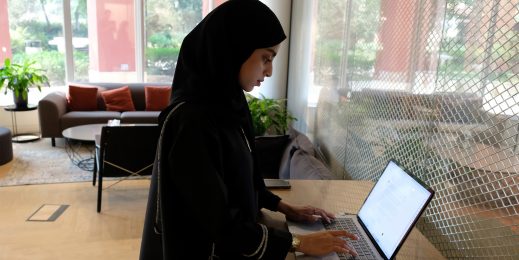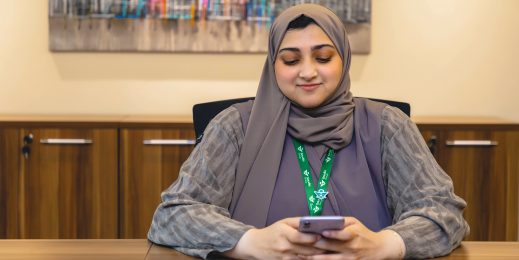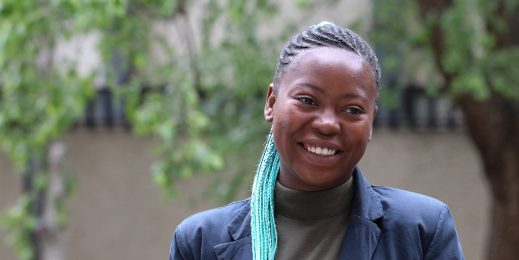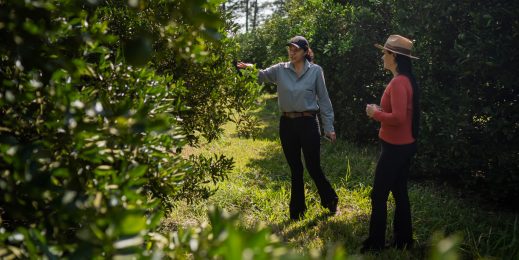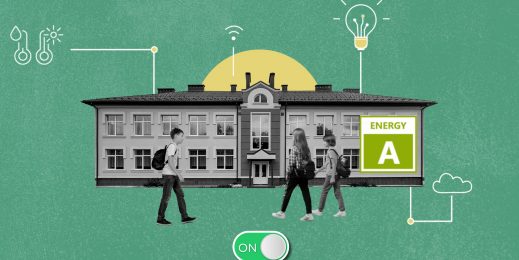
Learning Never Stops: Enabling Distance Learning Across the World
With more than 1.5 billion students and youth affected globally by closures of schools and universities, the COVID-19 crisis has prompted institutions to switch to remote learning at unprecedented scale. School systems, including school leaders, teachers and students alike have made incredible strides in pivoting quickly to learning at distance using technology. At Microsoft, we have seen amazing approaches developed across the world, including Italy, Georgia and the UAE.
Italy was one of the first countries in Europe to move to large-scale school closures. The Ministry of Education, the Ministry of University and Research and CRUI (The Conference of Italian University Rectors) took immediate action to support the deployment of digital solutions that would enable teachers and students to access distance learning. Microsoft, in close collaboration with the regional scholastic offices, in less than two months, trained more than 90,000 teachers in online teacher webinars. Office 365 accounts were deployed rapidly to help ensure that every student and teacher had access to Teams as a hub for collaboration, teaching and learning.
Out of 98 countries, Georgia was singled out for special praise by the Organization for Economic Co-operation and Development (OECD), in a report on tackling the educational challenges in 2020 caused by the COVID-19 pandemic. The Minister of Education, Science, Culture and Sports of Georgia, Minister Chkhenkeli attributes this to “communication tools Georgian schools use for remote education, both in online and offline fashion, and more specifically, the successful utilization of Microsoft Office products.” They combined online teaching and learning with educational television to multiply the impact on students across the country.
In the UAE, The Ministry of Education, in collaboration with Microsoft has boosted their smart learning ecosystem with Microsoft Teams, along with deep integration of MOE Smart Learning platforms driven by AI. The program aims to enhance safety for students and society at large, as a set of precautionary and preventive measures with the ongoing challenges yet ensuring smooth flow and completion of the curriculums.
Now the lessons we learned early in the crisis are being put to good use to serve other countries facing the same challenges.
As the crisis unfolded and expanded across countries globally, Microsoft came together with UNESCO to support its Global Education Coalition for COVID-19 Response. This brings together hundreds of partners from both the public and private sectors to help students in countries such as Senegal, Vietnam and Gambia to continue to access learning opportunities despite school closures.
Senegal was one of the first countries to engage with UNESCO for support, and Microsoft has been working closely with the local Ministry of Education and UNESCO field teams to deploy support plans. So far more than 81,000 educators and 280,000 learners have access to Office 365, and teachers are receiving training in how to use Teams for asynchronous learning. The approaches have been specifically adapted to lower bandwidth considerations, in recognition of the access constraints in the country, while also preserving the quality of the education experience.
At the Virtual Education Transformation Summit, Microsoft’s Anthony Salcito engaged in a fireside chat together with Stefania Giannini, ADG of UNESCO and Andreas Schleicher, Director of Education at OECD and the Ministers of Education from Austria, Georgia and Ecuador. Decision-makers from around the world agreed that rapid response to COVID-19 needs to remain inclusive and ethical, despite the speed at which tools and strategies need to be deployed.
Given some countries have already reached the peak, the next phase is to reconsider what the “new normal” looks like in schools, and how the large-scale deployment of technology can facilitate hybrid learning while some students remain out of school. Through the close and ongoing partnership between technology and education, we are convinced we can create the right approach to ensure learning never stops.
Distance Learning Strategic Plan:








